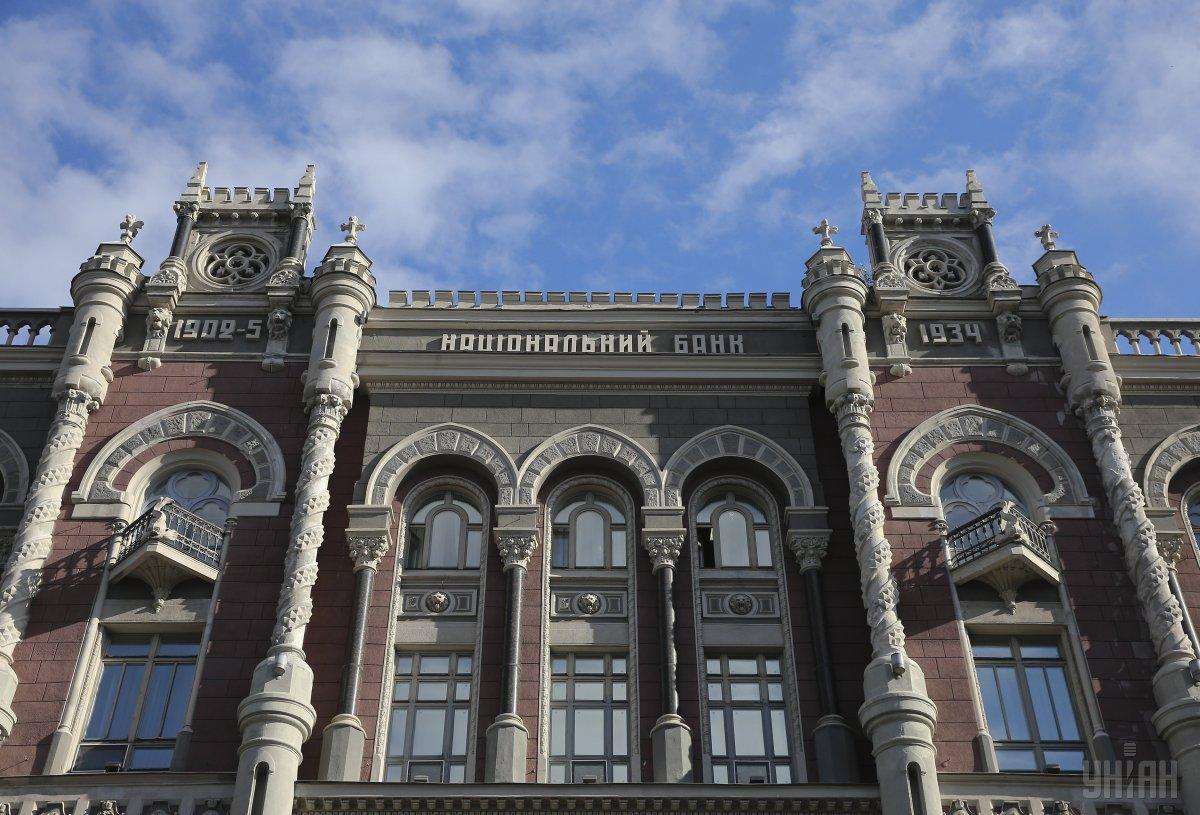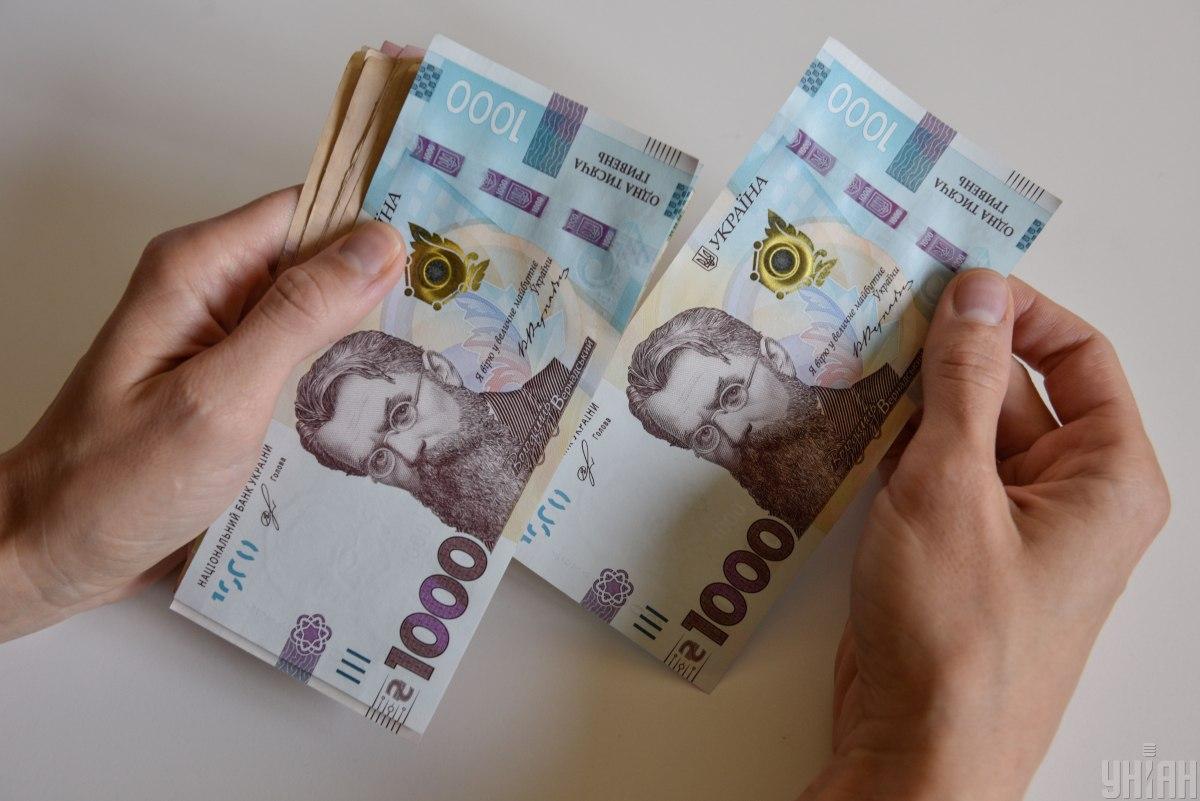
Week's balance: Cabinet sets cap on gas prices, NBU keeps key rate unchanged, releases outlook for GDP fall in 2020
The Cabinet of Ministers has capped gas prices for household consumers, while the National Bank maintained its key rate and estimated the drop in GDP in 2020 at 4.4% - these are the main economic developments of the outgoing week.
The third week of January began with frosts, unusual for recent years, amid some hot news coming from the energy sector.
After a wave of rallies against tariff spikes swept across the country, the government moved to establish a fixed gas price of UAH 6.99 per cubic meter for household consumers from February until the end of the heating season.
"On behalf of President Zelensky, the government is adopting a resolution that sets the cap for gas prices at UAH 6.99 per cubic meter. This price will be valid until the end of the heating season, or until the end of quarantine. Suppliers will not be able to raise prices above UAH 6.99," Prime Minister Denys Shmyhal said.
From February, on average, has prices will decrease by 30%, Shmyhal said, adding that most households it will be cut by 40%.

"The decision to set the cap on gas prices doesn't mean that the government refuses to develop the gas market. But without intervention, as early as February, a cubic meter of gas could rise to UAH 12," Shmyhal stressed.
National Joint Stock Company Naftogaz of Ukraine said that the government's decision to introduce the cap will save household consumers UAH 4-5 billion. Company managers also noted that if gas suppliers refuse to supply gas to household customers at a regulated price, the insurance mechanism will be launched – the last resort supplier, which is Naftogaz. In accordance with legislation requirements, consumers can remain clients of a last resort supplier for up to 60 days. During this period, they must choose a new gas supplier.
"We are ready to support the citizens of Ukraine in a difficult period for the economy associated with quarantine restrictions. Naftogaz is ready to provide resources to all gas sales organizations on transparent and understandable terms, and also, as a last resort supplier, to 'pick up' consumers who were let down by their supplier. But during the quarantine period, we need to draw the right conclusions from this crisis and learn how to work on the market," said Andriy Kobolyev, head of the Naftogaz Board.
PM Shmyhal also said that the energy and utilities regulator must in the near future decide on setting the maximum tariff for gas distribution at UAH 1.79 per cubic meter.
"We are now coming up with a solution that will also set a price cap and a tariff limit for distribution. It will not be higher than UAH 1.79 per cubic meter. We expect this decision from the NEURC [energy regulator] in the near future," Shmyhal said, adding that this will reduce gas distribution tariffs for regional gas companies by 50% or more.
National Bank keeps key rate unchanged

National Bank Governor Kyrylo Shevchenko this week announced the decision to keep the key rate at a historic minimum of 6% per annum. It's the fifth time in a row that the regulator has left the rate at the current level.
"The Board of the National Bank made a decision to leave the key rate unchanged at the level of 6% per annum. The National Bank remains committed to meeting the inflation target. Further monetary policy is aimed at ensuring the proper balance between responding to inflation risks and supporting economic recovery," Shevchenko said.
At the same time, he noted that in the future the regulator is ready to raise the key rate to bring inflation to the target.
"The National Bank takes into account the deterioration in inflationary expectations at the end of last year, as well as the strengthening of fundamental pressure on prices due to consumer demand. If the influence of these factors increases, while not being compensated by other factors, in particular, a significant capital inflow, the National Bank will increase the key rate. This will help curb the acceleration of inflation in 2021 and bring it to the target of 5% in 2022," Shevchenko said.
According to the NBU, inflation is expected to accelerate in the first half of 2021. By the end of 2020, it had amounted to 5%, reaching the central point of the target range of 5% +/- 1 percentage point. At the same time, the regulator predicts its return to the target range in the first half of 2022.
"The National Bank has revised the forecast for inflation growth in 2021 upward from 6.5% to 7%. Acceleration of inflation in the first half of the year will be determined by lively consumer demand, higher prices for energy resources and crops that are set to be lower than last year's," the National Bank said.
Also, as per the NBU, business production costs will increase, in particular, for the payment of wages. The growth rates of government-regulated prices will remain high due to the increase in excise taxes on tobacco products and the rise in electricity prices.
Economic contraction in 2020, plans to resume growth

The country's central bank also announced its estimates of the fall in gross domestic product (GDP) in 2020. According to the regulator, last year Ukraine's real GDP fell by 4.4%. This figure turned out to be more optimistic than the previous forecast by the NBU where the central bank suggested GDP would fall 6% by year-end.
"The Ukrainian economy was recovering quite quickly in the second half of the year. After passing through a tough quarantine phase, GDP decline slowed to 3.5% on year in the third quarter, and this trend prevailed in the fourth quarter. The strengthening of quarantine restrictions in November had little impact on business activity," said Kyrylo Shevchenko.
The economic recovery in the second half of the year was primarily due to the growth in domestic consumption. The increase in budget revenues and expenditures has kept consumption booming.
According to the NBU forecast, in 2021, the economy will almost make up for losses from the coronavirus crisis – Ukraine's GDP should grow by 4.2%, and will continue to rise at about 4% in 2022-2023.
"The main engine will remain stable domestic demand, due to a further increase in real incomes of households. Weaker uncertainty about the pandemic prospects will help restore investment activity," the National Bank said.
The prospects for economic recovery post coronacrisis are quite promising so Ukrainians hope they will also turn out to be realistic.
On Friday, Prime Minister Shmyhal presented to the public the draft National Economic Strategy of Ukraine until 2030, which will be based on three dozen development vectors.
"It's been developed by the Cabinet of Ministers with the help of experts with the Center for Economic Recovery: the top 30 vectors of economic development have been identified and an economic audit of the state has been carried out, whose results were presented in November," the head of government said.
He stressed that Ukraine is moving "towards the civilized world, towards Europe, and towards Euro-Atlantic integration," therefore it is very important to come to a common denominator on the instruments that will be applied in the implementation of the strategy.
Advisor to the Prime Minister, Kyrylo Kryvolap, suggests that the implementation will allow Ukraine to triple its gross domestic product in the next 10 years.
Parliament next week will hold this year's first plenary session. Meanwhile, the weather will please Ukrainians with a long-awaited thaw. Spring is just around the corner…
Kateryna Zhyriy

